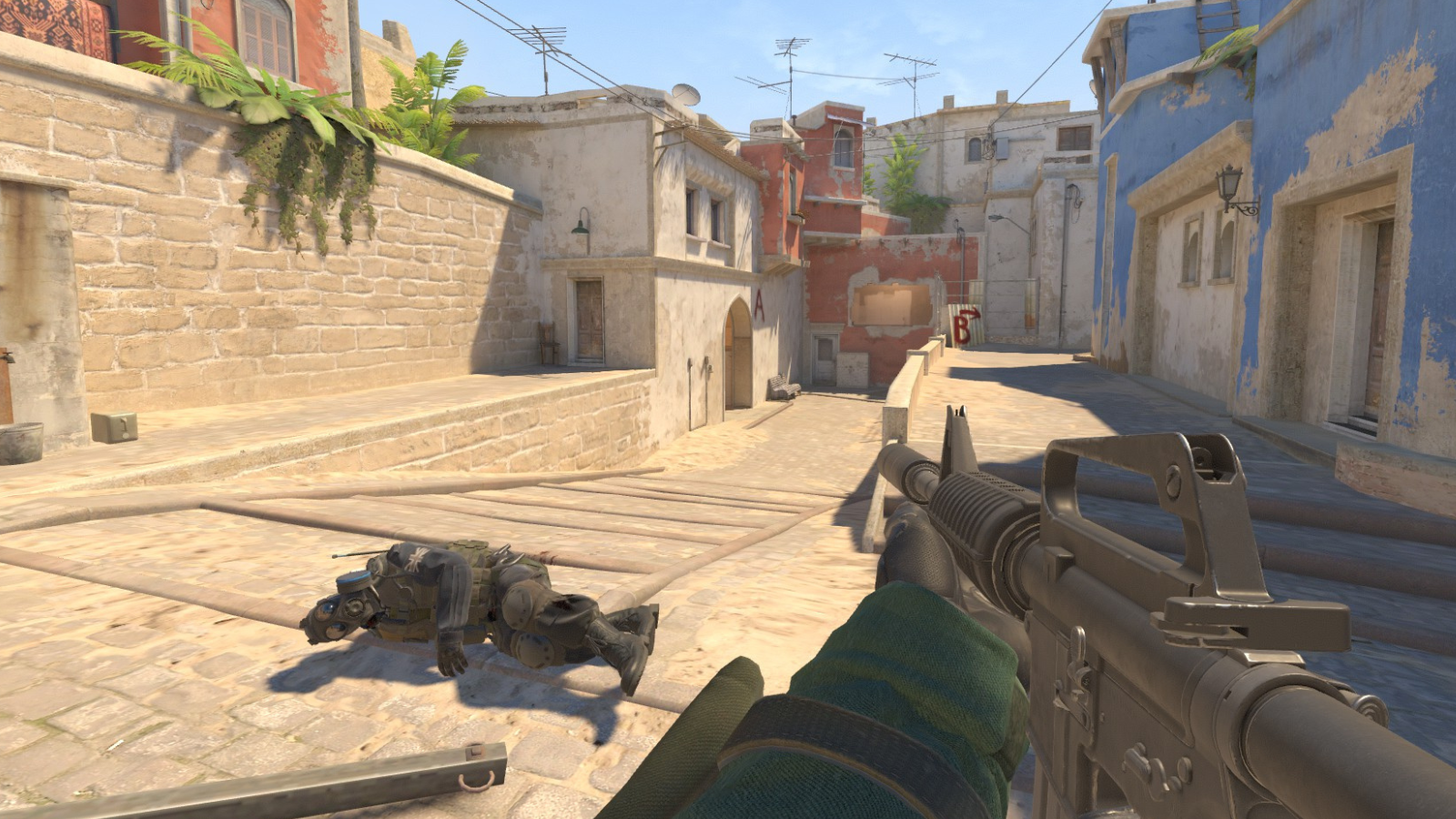Case Journeys
Exploring intriguing stories and insights from around the world.
Crosshair Conundrums: Why Your Aim is Still Off
Uncover the secrets behind your aim! Explore common crosshair conundrums and level up your shooting skills in our latest blog post.
Understanding the Importance of Crosshair Placement in FPS Games
Crosshair placement is a fundamental aspect of gameplay in first-person shooter (FPS) games that can significantly influence a player’s performance. Properly positioning your crosshair allows you to maintain a more efficient aim, reducing the time it takes to react to opponents. By consistently keeping your crosshair at head level and anticipating enemy locations, you can increase your chances of landing critical shots. This technique not only improves your reaction time but also conserves your in-game resources, as you’ll require fewer bullets to secure a kill. Implementing effective crosshair placement into your practice routine can be a game changer for both novice and seasoned players alike.
Moreover, understanding the importance of crosshair placement goes beyond just aiming; it contributes to the overall strategic elements of FPS gameplay. Good crosshair positioning allows for more versatile movement, enabling a player to engage or disengage from fights more effectively. For instance, players who master crosshair placement can more easily take advantage of environmental cover and execute surprise attacks. As a result, becoming proficient in this skill can lead to improved win rates and greater enjoyment of the game. To enhance your skills, consider using practice modes or custom maps specifically designed to train your crosshair placement and positioning strategies.

Top 5 Common Crosshair Mistakes That Ruin Your Aim
When it comes to improving your aim in first-person shooters, the crosshair can make or break your performance. One of the most common mistakes players make is using a crosshair that doesn't fit their playstyle or game mechanics. For example, a tight, static crosshair may work for snipers but can hinder close-quarters combat. Additionally, failing to customize the size, color, and opacity of your crosshair can lead to increased frustration. A crosshair that blends into the background can cause missed shots and unnecessary deaths, so make sure to take the time to adjust it for maximum visibility.
Another frequent blunder is neglecting to practice with your chosen crosshair. It's not enough to simply pick a crosshair and expect to improve instantly; familiarity is key. Spending hours in practice modes or custom games will help you adapt to your crosshair's characteristics and enhance your muscle memory. Also, avoid constantly switching between different crosshairs—this can confuse your aim and diminish your overall performance. Remember, consistency is crucial for developing precise aiming skills.
How Sensitivity Settings Can Affect Your Crosshair Accuracy
Sensitivity settings play a crucial role in determining your crosshair accuracy in first-person shooter games. When you adjust your sensitivity, you essentially change the responsiveness of your crosshair to your mouse movements. A higher sensitivity means that even a slight move of your mouse will result in a significant change in crosshair position, which can be beneficial for quick reflex shots. However, it can also lead to overshooting targets. Conversely, a lower sensitivity allows for more precise control, making it easier to line up shots, especially at long distances. Finding the right balance is essential for maximizing your performance and enhancing your overall gameplay experience.
Moreover, your playstyle can influence how sensitivity settings affect your accuracy. For players who prefer quick engagements and fast-paced combat, a higher sensitivity might empower them to react swiftly. On the other hand, players who favor a more strategic approach may benefit from lower sensitivity, enabling them to take their time and aim carefully. To achieve optimal crosshair accuracy, it is advisable to experiment with different settings in practice modes until you discover what feels best for you. Remember, consistency is key; once you settle on a sensitivity that works, stick with it to develop muscle memory and improve your aim over time.